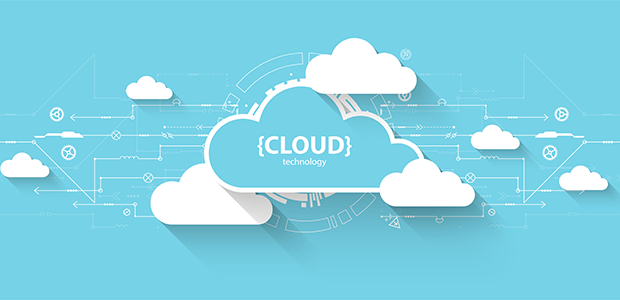
Struggling to see through the cloud? Everything you need to know
The cloud means many different things to different people. For some, it’s a game-changer; for others it’s an incredibly daunting stage of a five-year transformation plan. Despite being around for many years now, the cloud is still steeped in mystery. This is, in part, because the sector has grown to become particularly complex, and features its own unique jargon. Paul Anderson, Cloud Services Business Manager EMEA, Ricoh Europe discusses.
Yet, the majority use cloud computing every day, without realising it. From Netflix to emails, the cloud powers much of our online activity. According to IDG, 92% of organisations say their IT environment is in the cloud to some extent, and this is expected to grow to 95% over the next few years.
Put simply, cloud computing is the delivery of computing services – including applications, data storage, servers, networking capabilities – via the internet. For businesses, it means they no longer need to run their own servers and infrastructure, offering scalability, flexibility and agility. Importantly the cloud offers businesses the capabilities they need for an effective digital transformation and to remain competitive.
Cloud computing represents a big shift from the traditional way businesses think about IT resources. And there are different types of cloud computing and cloud computing services, which is where things can get very complex for those just starting their transition to the cloud.
So, what are the things you need to know?
Is the price right?
Gartner has estimated that global spending on public cloud rose by 23% year on year in 2021 to £249bn. It is expecting a further 20% increase this year.
Against these figures it can be hard to know what to expect when it comes to the cost of the cloud. While each business’s migration to the cloud is different, there are several factors that stakeholders should know.
Firstly, cloud computing eliminates the need for businesses to procure, set up and manage resources themselves. This means there’s no up-front cost of investing in servers and other infrastructure. Instead, cloud expenditure uses a recurring sales model based on usage and data. In other words, if your requirements or business grows and your usage increases, so will your recurring cloud bills.
The other important consideration is that cloud infrastructure can transform how people work, leading to significant cost optimisations across the business.
It’s important to understand the implications of the different billing models and the potential impact the cloud will have on operations. Why? Because it helps to understand if pricing is right and if the cloud will deliver a return on investment.
Cloud-specific skills
Businesses often fall into the trap of taking on the transition to the cloud themselves. It is not the case that businesses can simply upskill their existing technical experts to become fully-fledged cloud specialists.
In reality, a cloud transition requires businesses to strike the right balance between bringing in expertise and growing existing skill sets. Often, organisational structure and roles need to be redefined. The key here is to be prepared to adapt, rather than assume it will sort itself out.
There is also a significant human element. While the cloud has countless benefits for employees, they need to be on board with the migration. Underestimating the scale of change for employees can derail the transition.
Legacy footprint
Cloud infrastructure offers many benefits, but not all data or applications are necessarily suitable for migration.
Referred to as ‘legacy systems’, these applications, hardware or processes are archaic in the sense that they cannot be adapted, modernised, or migrated. Nevertheless, these systems are often critical to day-to-day operations.
That’s where a hybrid cloud strategy comes in. This is the concept of migrating some services to the cloud, while keeping some traditional server infrastructure in place, to operate with a blend of the two.
Cloud specialists can help navigate legacy footprints, to manage business continuity, security risks and resources to legacy systems and application design.
Final thoughts
Overall, capturing the full value of the cloud requires the right roadmap and team to execute it. Cloud migration experts should help you map out where workflows or infrastructure can be transformed during the transition and estimate how long these benefits will take to materialise.
At Ricoh, we provide the expertise and solutions that make your business operations more agile, cost-effective and secure while pursuing next-generation innovation – all while helping you see clearly through the cloud.

